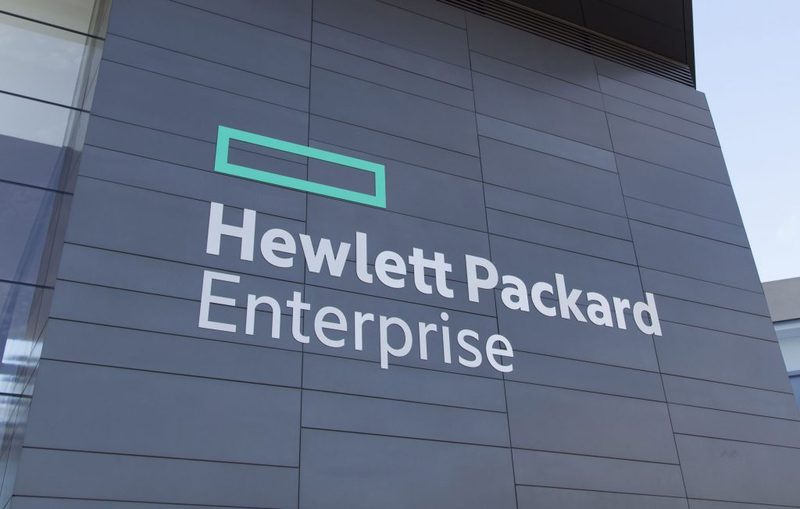HPE debuts new IoT-optimized Wi-Fi 7 access points – Business

Hewlett Packard Enterprise Co. today debuted a new family of access points for providing Wi-Fi coverage at locations such as office buildings.
The HPE Aruba Networking 730 Series, as the product line is called, is based on Wi-Fi 7. That’s a recently introduced version of the wireless connectivity standard with four times the maximum speed of the previous iteration. According to HPE, its new access points can in some cases provide up to 30% more network capacity than competing products.
Faster connections
One contributor to the 730 Series’ performance is a feature HPE dubs UTB, or ultra tri-band, filtering. The company says that the technology enhances wireless network connections by making them less susceptible to interference.
A Wi-Fi access point picks up interference, or unnecessary radio signals, from two main sources. The first source is the wireless communications hardware in nearby devices such as smartphones. Interference also comes from the Wi-Fi access point itself: such devices often include multiple onboard radio transmitters that can interrupt one another.
Access points use components called baseband filters to remove interference. Traditional filters often reduce the range of radio frequencies over which an access point can send data, which sometimes lowers Wi-Fi connections’ bandwidth. The UTB technology in HPE’s new 730 Series access points is designed to address that challenge.
Traditional filters block interference across a fixed, preprogrammed range of radio frequencies. HPE’s UTB technology, in contrast, can adjust the radio frequencies to which filtering is applied depending on the situation. The company says that this approach reduces the technology’s impact on the network and thus speeds up wireless connections.
IoT-optimized radios
HPE has equipped the 730 Series access points with a set of radios optimized to process data traffic sent over Bluetooth and Zigbee. Those are specialized, power-efficient wireless networking standards geared towards connected devices. Companies can, for example, use them to link an office’s smart thermostat to the corporate network.
Some connected devices only work if administrators set up a so-called overlay network. That’s a set of isolated connections with a different set of settings than the rest of a company’s Wi-Fi infrastructure. HPE says that its new access points remove the need to set up overlay networks, which saves time for administrators.
The 730 Series includes twice as much onboard flash and SDRAM as its predecessor. According to HPE, the extra hardware allows companies to run data processing applications directly on the access points. An enterprise could, for example, deploy an application that analyzes readings from sensors deployed throughout a logistics warehouse.
The 730 Series can not only collect data from connected devices but also track their location. The access points in the product line support IEEE 802.11az, a location tracking technology for Wi-Fi networks.
To improve the accuracy of the collected positioning data, HPE has equipped the access points with a barometric pressure sensor. Such sensors estimate altitude by measuring air pressure: The higher an access point is situated, the less air there is above it. Barometric data can be used to determine which floor of a building houses a wireless device.
“Our Wi-Fi 7 APs go far beyond improvements in performance and efficiency to become an intelligent IoT hub, securing the network, distributing the workload, characterizing the environment, and providing a foundation for business and operational analytics,” said Stuart Strickland, wireless chief technology officer at HPE Aruba.
Alongside the new connected device networking features, the 730 Series introduces a number of other enhancements. One of them is a power-saving capability powered by artificial intelligence. It’s rolling out alongside new cybersecurity features for protecting network traffic from tempering attempts.
Administrators can configure and monitor the new access points using Aruba Central, a cloud-based platform for managing network equipment made by the HPE unit. The platform can be used to manage not only Wi-Fi equipment but also other devices such as switches.
HPE plans to make the 730 Series generally available in July.
